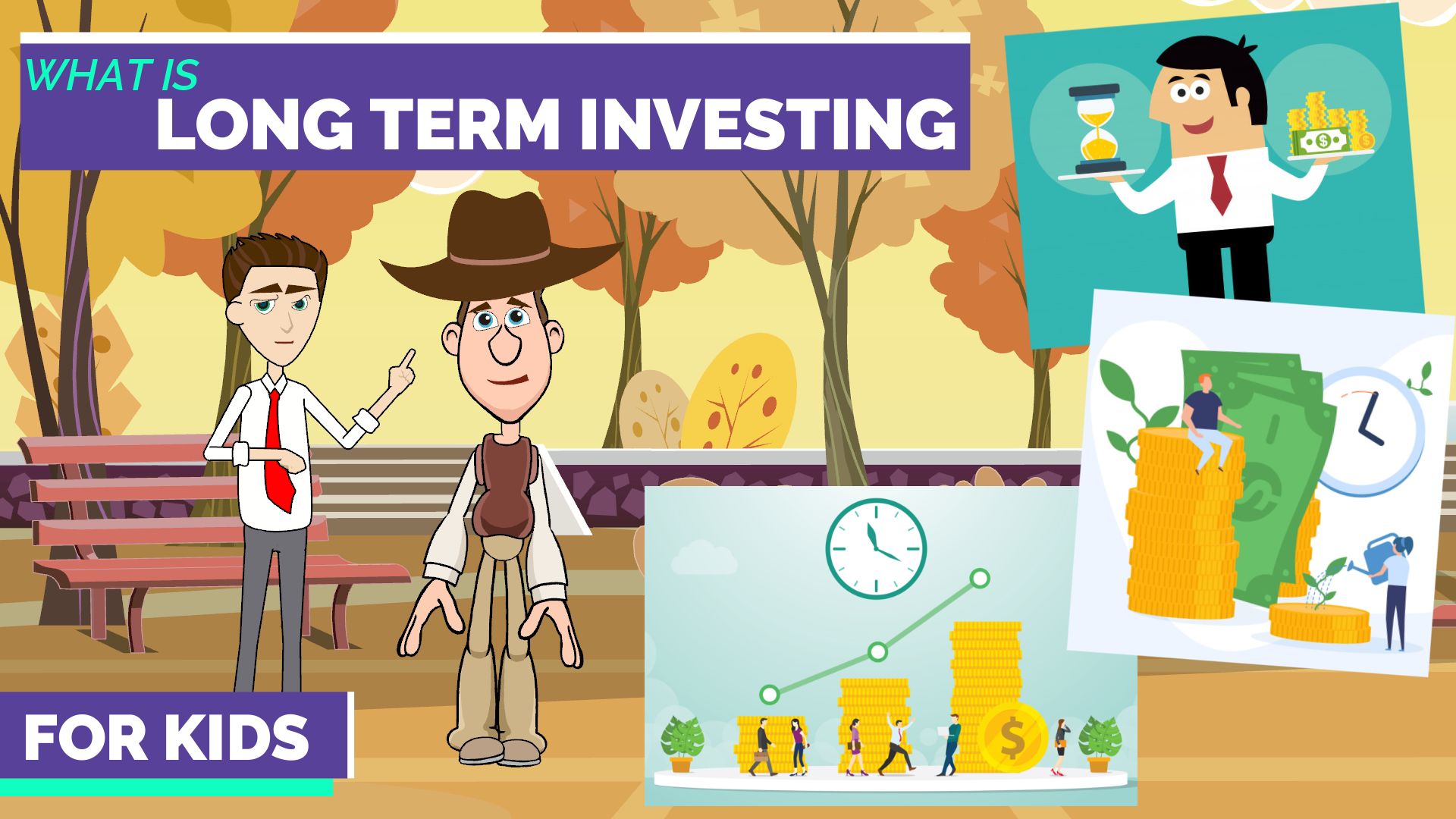Introduction to Savings Goals for Kids and Teens
This video explains the concept of savings goals in a simple, concise way for kids and beginners. It could be used by kids & teens to learn about short term, medium term & long term savings goals, or used as a money & personal finance resource by parents and teachers as part of a Financial Literacy course or K-12 curriculum.

Suitable for students from grade levels:
- Kindergarten
- Elementary School
- Middle School
- High School
The topics covered are:
- What are savings goals and why are they needed
- What are long term, medium term, and short term savings goals
- Why do you need savings goals – can you not just use a credit card to pay for those things
- How can you best save for these different goals
What are savings goals and why are they needed?

We all know it is difficult to save money when there are so many things we think we need! Saving money towards specific goals – called savings goals, like getting a new smart phone or taking a vacation, makes the process much easier.
When you have specific goals, you will be motivated knowing you are saving money for something that you truly want and can avoid spending on things you don’t need.
What are short term, medium term, and long term savings goals?
There are some important goals that everyone needs to save for – like an emergency fund, retirement, and big ticket purchases. Based on how far into the future the goal is, they can be classified as short term, medium term and long term goals.
As a general rule of thumb, short term savings goals are goals that take less than 2 years to save for – like building an emergency fund, or buying a smartphone.
Medium term savings goals take between 2 and 7 years to achieve – like down payment for a house, or going on a dream vacation.
Long term savings goals take over 7 years to save for – like saving for retirement, or a kids’ college education.
Can’t I just use a credit card to pay for those things? Why should I even have savings goals?
You can use a credit card to pay for most of these things, but that would not be a prudent financial decision.

If you paid for an expensive purchase with a credit card instead of actually saving money for it, you will rack up a ton of credit card debt, and end up paying a lot more for the item through interest.
This credit card debt would also decrease your credit score, making it much harder for you to get a loan – like a mortgage or an auto loan.
In general, it’s a good practice to avoid getting into the habit of using a credit card to pay for things you cannot afford.
How can I best save for these different goals?
When saving for a long term goal, given the longer time frame, you can afford to take some risks to get higher returns. You can invest in the stock market, which gives an average return of 11% per year over the long term.
For medium term goals, investment-grade corporate bonds, government bonds, and municipal bonds or munis are a good option – they are low risk, and give predictable returns that are higher than savings accounts.
For short term savings goals, a high-interest savings account or money market fund would be ideal.
Conclusion
Do you have any short, medium or long term financial goals? Please let us know through your comments!
Download Transcript: Ideal for Use by Teachers in their Lesson Plan to Teach Kids & Teens
Podcast: Short, Medium & Long Term Savings Goals
Fun, informative and concise episodes by a 10-year old, breaking down complex financial concepts in a way that kids and beginners can understand. Episodes cover personal finance topics like saving, investing, banking, credit cards, insurance, real estate, mortgage, retirement planning, 401k, stocks, bonds, income tax, and more, and are in the form of a conversation between a cowboy (a finance novice) and his friend, a stock broker. Making finance your friend, only at Easy Peasy Finance.
A little bit about me: I have been fascinated with the world of personal finance since I was 6! I love to read personal finance books, and keep myself updated on the latest by reading various personal finance magazines. My friends often ask me questions about finance because they find it complex and intimidating. That’s what inspired me to start my YouTube channel called Easy Peasy Finance when I was 8, and this podcast 2 years later.
All you need to know about long term investing: What is long term investing, When does long term investing make sense, What are the advantages of long term investing, What should you invest in for the long term, What should you keep in mind if you practice long term investing, and more.
Show notes and transcript at: https://www.easypeasyfinance.com/long-term-investing-for-kids-beginners/


